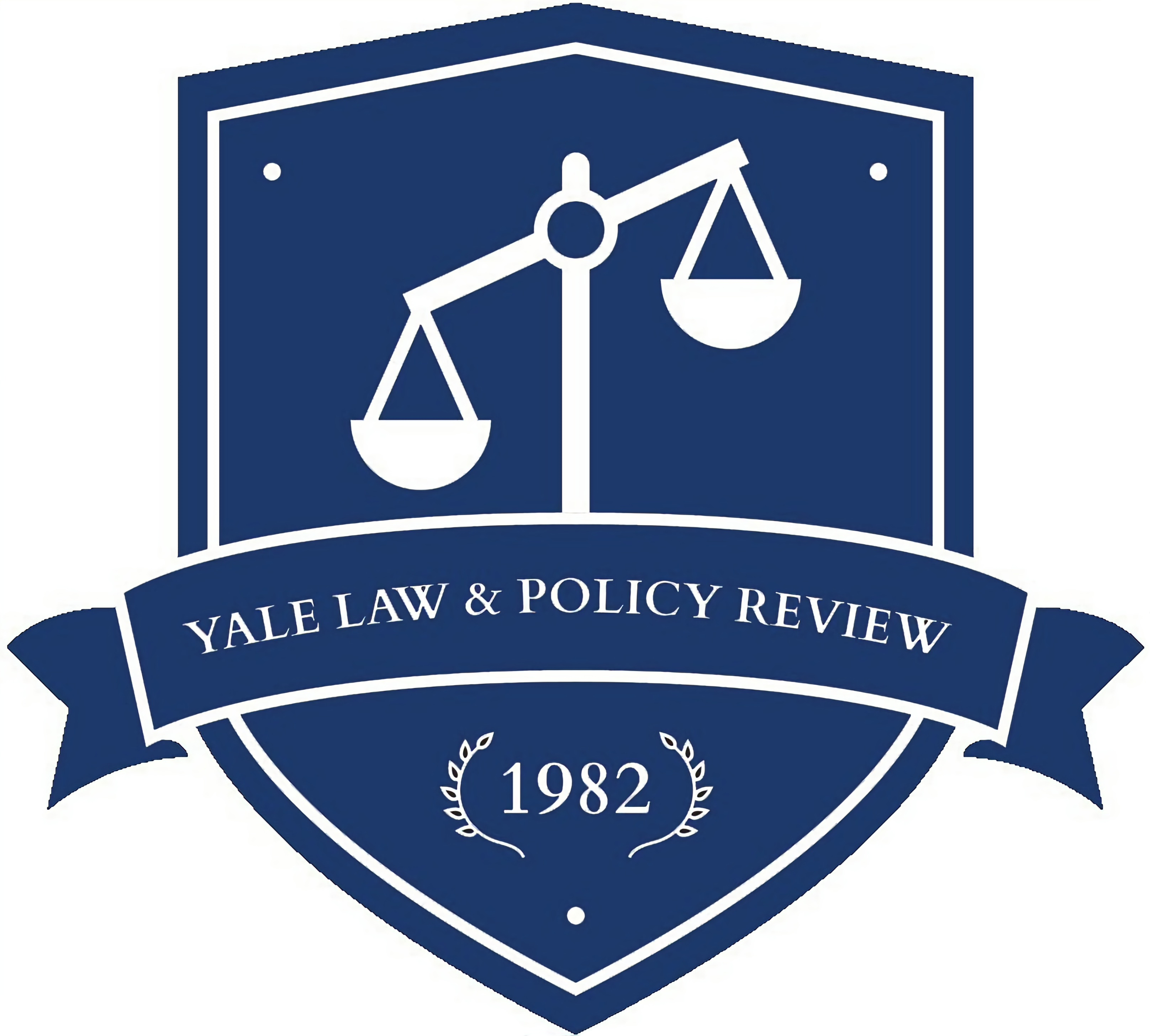Retirement wealth inequality and retirement security are issues that the United States has been grappling with for years. Low-paid and minority workers are most likely to be unable to accumulate retirement savings over time. This Article spotlights Amazon, one of America’s largest employers and one that has very high employee turnover. To be vested in Amazon’s 401(k) matching contributions, an employee must be there for three years—a requirement that is not being met given the much quicker turnover in their low-paid, predominantly minority warehouse workforce.
Until now, there has not been discussion about the grossly unfair result of mixing high employee turnover and 401(k) plan vesting schedules. This Article shows that sizeable high-turnover companies are utilizing legal 401(k) plan vesting schedules to their own benefit with the effect of worsening retirement wealth inequality.
This Article argues two steps are necessary solutions to address this problem. The first argument aligns with President Biden’s order to governmental agencies to step up their data collection to quantify the inequities in the legal system. We need to collect more specific data on gender, race, and pay of those who terminate prior to vesting. This will allow us to assess the impact of vesting schedules on retirement plan inequality.
The Article then argues that megacompanies should be foreclosed from using vesting schedules in their retirement plans. They simply employ too many people, and many are in high-turnover businesses. It is against public and retirement security policy to allow high-turnover megacompanies to shortchange employees and take advantage of vesting schedule use in their 401(k) plans particularly when the goal of using vesting schedules—to retain employees—is not being met.
Something needs to be done to address the direct tension in retirement plan policy when employers that know they have high turnover use a vesting schedule. The Article sets forth various tests as alternatives to immediate vesting. Each method has the potential to incentivize companies to reduce churn. If a company does not want to be subject to a new test, then it could simply amend its plan to immediately vest everyone.
Samantha J. Prince is an Assistant Professor of Law at Penn State Dickinson Law. She earned her LL.M. (Tax) from Georgetown University Law Center; J.D. Widener Commonwealth Law; and her B.S. in Chemistry from Muhlenberg College. The author gratefully acknowledges Ali Fraerman, Callie Bruzzone, Amir Perk, and the Yale Law & Policy Review staff and editorial board for their outstanding contributions to, and assistance with, this Article. Additional thank you to colleagues Matthew Bodie, Deepa Das Acevedo, Danielle Conway, Jeffrey Dodge, Michael Doran, Daniel I. Halperin, Victoria Haneman, Joan MacLeod Heminway, David Hoffman, Katie Pratt, Mark Price, Cassidy R. Prince, Richard J. Radcliffe, Steve Rosenthal, Norman Stein, James Tierney, Laura H. Williams, Sarah J. Williams for their support, helpful feedback, and valuable suggestions. The author would also like to thank colleagues at the 25th Annual Critical Tax Conference, the National Business Scholars Conference, and Widener Commonwealth Law for valuable feedback and suggestions. And last but certainly not least, the author would like to thank Joseph Crowley, Adrianna Dunn, Christopher Gazzio, Taylor Haberle, Kate Kuhn, Phyillis Macharia, and Lauren Stahl for their assistance with research and footnotes. All errors are my own.
